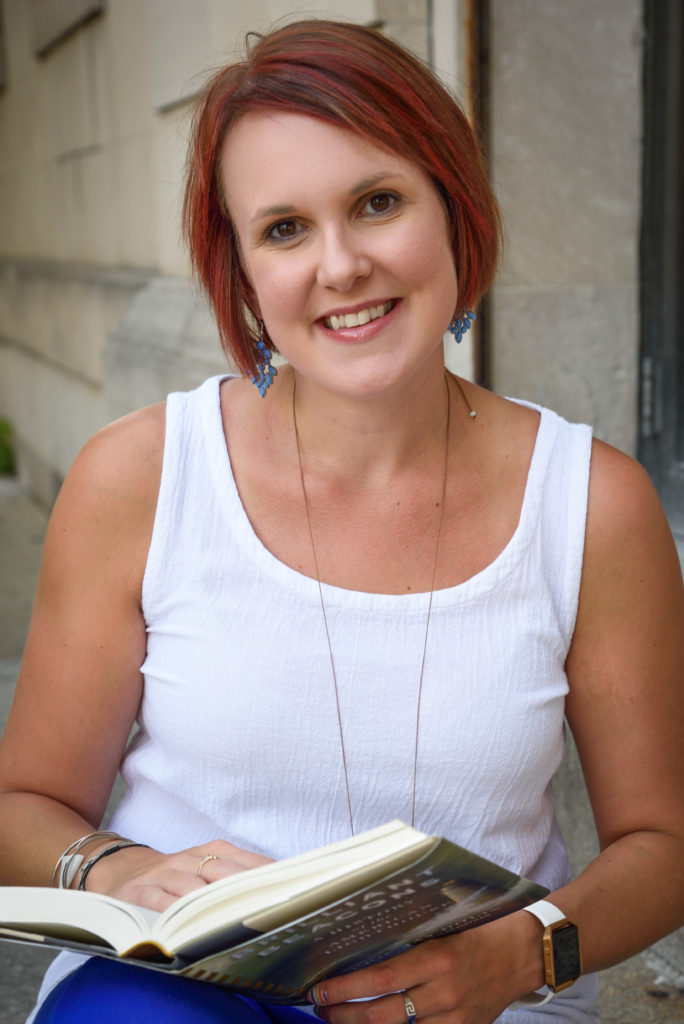Shauna MacDonald, Villanova University – Women Lighthouse Keepers
 The history of lighthouses includes many women.
The history of lighthouses includes many women.
Shauna MacDonald, associate professor of communication at Villanova University, shines a light on this understudied fact.
Shauna MacDonald, PhD, is an expert in cultural performance, women’s issues, storytelling, as well as lighthouses and cultural memory. At the core of MacDonald’s eclectic range of expertise is communication and the many modes through which it can be expressed. Storytelling and performance are two aspects of focus in her research and teaching that explores how we communicate. Whether commenting on a host of contemporary topics from women’s issues to technology and society, lighthouses and cultural memory to mindfulness in higher education, MacDonald offers a unique perspective on the way we interact as individuals and as a society to create memories and achieve understanding.
Women Lighthouse Keepers
There are about 800 lighthouses in the U.S. From the 18th through 20th centuries, hundreds of them were kept by women. These women did the same work as male lighthouse keepers, from hauling lamp oil up towers, to cleaning and maintaining lenses, keeping weather and navigation logs, and even rescuing wrecked mariners. Despite ubiquitous lighthouse nostalgia and the fact that millions of Americans visit lighthouses every year, few of us know these women’s stories.
In my research, I’ve met people trying to change that, one lighthouse and one keeper at a time. I study how we remember historic places through our stories about them. I’m interested in what lighthouse history means for us today. Why do we visit lighthouses? What can they teach us about our past, present, and future? Why do we tell some stories but not others?
By touring lighthouses and interviewing folks who keep them as heritage sites, I have learned about the role these historical women played in maritime history—women like Kate Moore, Abbie Burgess, and Ida Lewis, who all succeeded their fathers as keepers.
But when it comes to public memory—how we collectively story the past in the present—gender inequity has meant that women are often left out of stories, even when we’ve done extraordinary things. Worse, despite the work women do to tell a more equal version of history, we have an unearned “authority deficit.” As such, our stories may go unheard, or our work undervalued.
The way we narrate history is undoubtedly gendered, raced, and classed. It is not simply a matter of telling the truth. In an era of debate about our collective history, it’s time we paid attention to that.



This was such interesting, informative information that I initially read in a National Geographic article. Is there written material about this fascinating subject: your research, books, etc. I’d like to read more. Thank you Shauna for your important research…..and I will continue to read The Academic Minute. It is important that my grandchildren teenagers on down be introduced to your work and I intend to do just that. Best….Carolyn Knake, Ann Arbor, Michigan